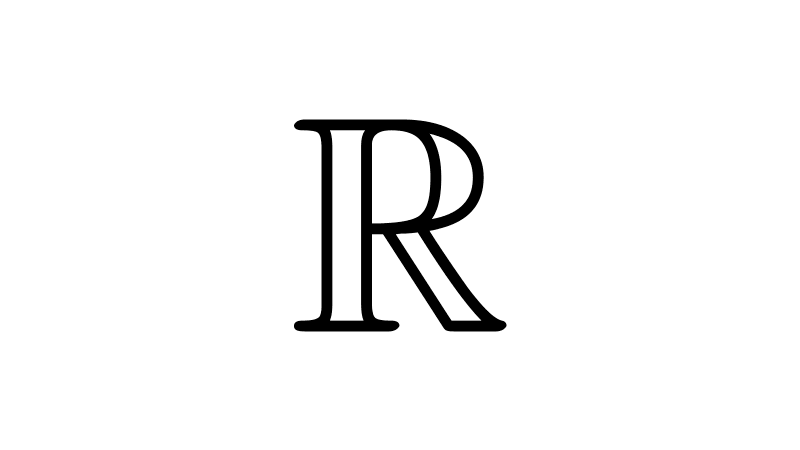
Natural Numbers
Natural numbers are those we use for counting and ordering: 1, 2, 3, 4, 5, etc. All natural numbers are positive integers, meaning fractions and negative numbers are not natural numbers.
We generally use these numbers to count quantities, for example: the alphabet has 26 letters, the rainbow has 7 colors, etc. We also use them to indicate an order, for example, in a race with ten participants, we order them according to their finishing time from first place to tenth place.
In addition to those mentioned at the beginning, some examples of natural numbers are: 10, 15, 50, 92, 103, 245, 444, 13, 1000, 4560. If we add 1 to a natural number, we get another natural number. The following are examples of numbers that are not natural: -70, 2/3; 6.5; π, √2.
Table of Contents
Set of natural numbers
The set of natural numbers is denoted by the letter N:
*\mathbb{N}=\{1,2,3,4,5,...\}*
Natural numbers are the most basic set of numbers from which others can be constructed: integers, rationals, reals, complex numbers. Natural numbers are a subset of the integer numbers, which in turn is a subset of the rational numbers, and this of the real numbers. Therefore, all natural numbers are integers, rational, and real.
Depending on the intended use, 0 may or may not be considered a natural number. This number is useful for indicating the non-existence of objects to count or order. Furthermore, as we will see shortly, if zero is accepted as a natural number, it allows addition to have an identity element.
When one wants to explicitly indicate that zero is considered a natural number, a zero subscript is placed on the symbol for the set (this set is known as the whole numbers):
*\mathbb{N}_0=\{0,1,2,3,4,5,...\}*
Characteristics and properties
Some characteristics and properties of natural numbers are:
- The set of natural numbers is ordered and infinite, which means that new natural numbers can always be found and two different numbers can be compared to know which one is smaller (or larger).
- The set of natural numbers has a first element, which is 1 (or zero, if it is considered natural), this number is the smallest of all natural numbers. Because it is an infinite set, there is no natural number that is the largest of all.
- Every natural number has a successor. A natural number and its successor are called consecutive. The successor of a natural number can be obtained by adding 1 to it.
- Every natural number, except the first, has a predecessor. The predecessor of a natural number can be obtained by subtracting 1 from it.
- Between any two natural numbers, there is always a finite number of natural numbers. This is why it is called a discrete set, or not dense.
- There is no natural number between a natural number and its successor.
- Natural numbers can be added, subtracted, multiplied, and divided, with some restrictions.
Representation on the number line
Natural numbers can be represented using the number line. To do this, each number is placed leaving the same amount of space between them:
Since the set of natural numbers is unbounded, the line extends infinitely to the right, as indicated by the arrow.
Operations between natural numbers
Among natural numbers, we can define the operations of sum (or addition), subtraction, multiplication (or product), division (or quotient), exponentiation, and root extraction.
Let a, b, and c be natural numbers. The sum and multiplication of natural numbers comply with the following properties:
Closure property: the sum and product of two natural numbers is another natural number.
*a+b~* is a natural number
*a\cdot b~* is a natural number
Associative property: the way numbers are grouped does not alter the final result.
*(a+b)+c=a+(b+c)*
*(a\cdot b)\cdot c=a\cdot (b\cdot c)*
Commutative property: the order of the numbers in the operation does not alter the result.
*a+b=b+a*
*a\cdot b=b\cdot a*
Identity element: the number 0, added to any other natural number, does not alter its value: *a+0=a.* The number 1, multiplied by another natural number, does not alter its value: *a\cdot 1=a.*
Here, zero has been considered a natural number, as it has the property of being the identity element for addition. If 0 is not considered a natural number, then only a multiplicative identity exists.
Distributive property: multiplication distributes over addition.
*a\cdot (b+c)=ab+ac*
As we said, natural numbers can be added and multiplied, and the result of these operations
is also a natural number. However, the same is not true for subtraction and division. In these cases:
- The subtraction of two natural numbers results in a natural number only if the minuend is greater than the subtrahend. Otherwise, the result is not a natural number. For example: the result of *2-3* is not a natural number.
- The division of two natural numbers is a natural number only when the dividend is a multiple of the divisor; in other words, when the division is exact. For example, the result of *7:4* is not a natural number.
Limitations of natural numbers
The main limitation of natural numbers is that they cannot represent negative or fractional quantities. In other words, they cannot be used to measure quantities that are "less than nothing" or that are non-integer parts of a whole. For example:
- A natural number cannot be used to represent a debt, a loss, or a temperature below zero.
- A natural number cannot be used to represent quantities like half an apple, a third of a pizza, or half a meter.
At the operational level, we saw these two limitations with subtraction and division. It is not possible to solve the operations *a-b* when *a<b* or *a:b* when *a* is not a multiple of *b* within the set of natural numbers. There are also no inverse elements for addition and multiplication.
To overcome the limitations of natural numbers, other number sets were created, such as the integers, the rational numbers, and the real numbers.
Leave a Reply


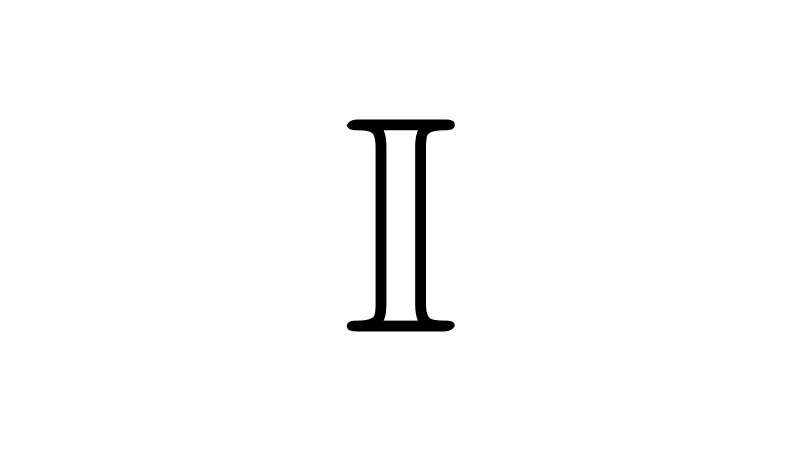
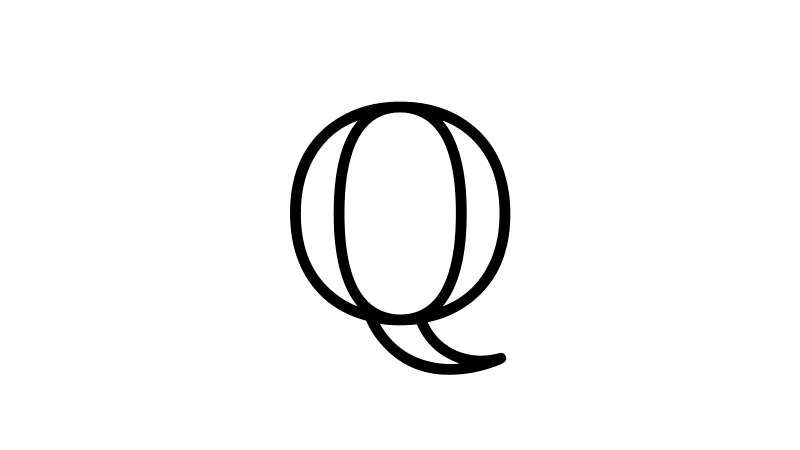
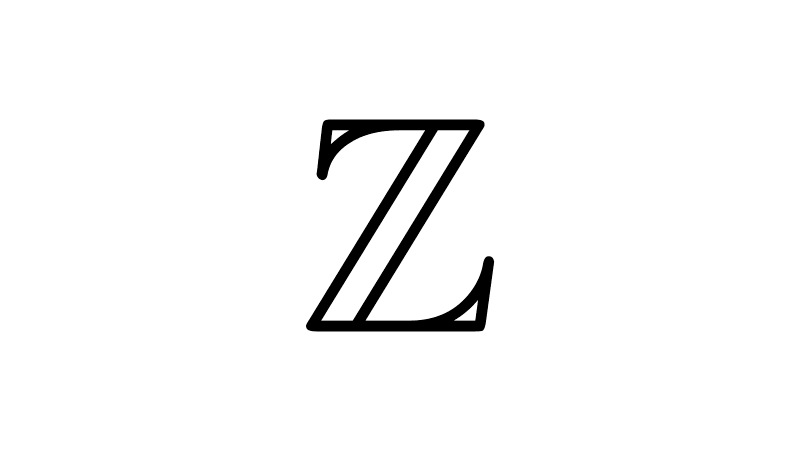
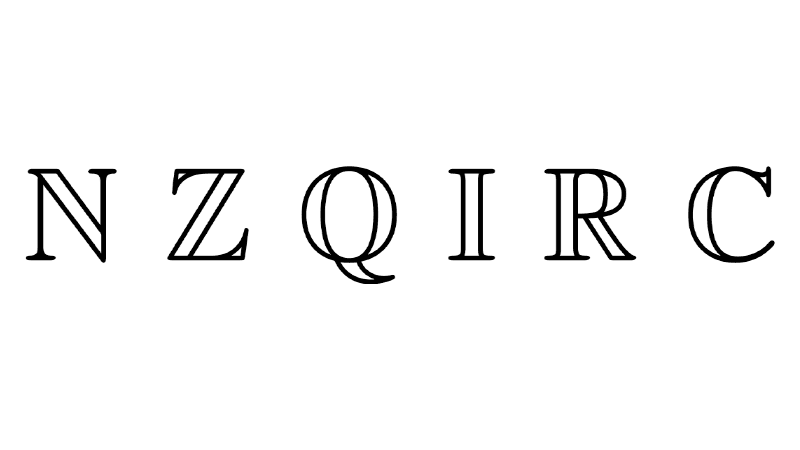
Related posts